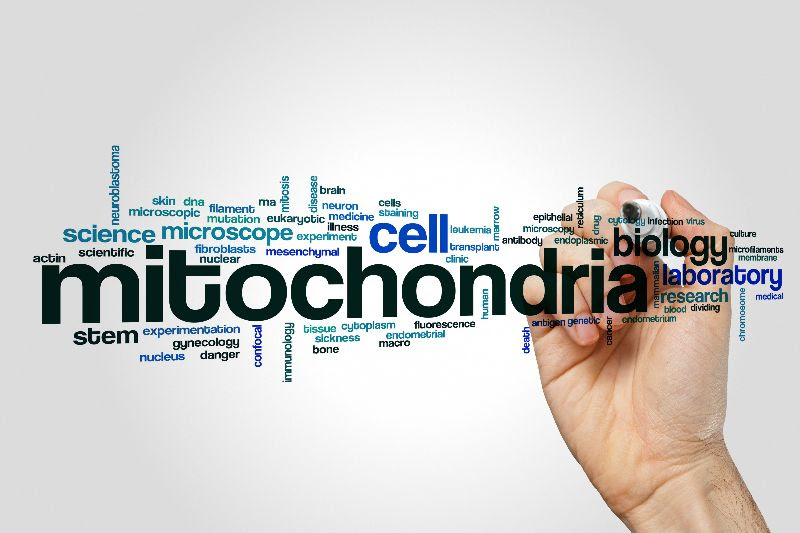
Is Your Bone Health Plan Working?

How many of you out there are working hard and doing everything you can to keep your bones healthy? You’re eating a nutrient rich diet, exercising, controlling stress, getting enough sleep or even taking osteoporosis medication as prescribed. With DXA scans only done every 1-2 years, how do you know if your dedication to your bones is paying off? Evaluating the biomarkers of bone turnover is the answer!
Bone is dynamic, living tissue that is constantly remodeling itself. Old bone is being reabsorbed by bone cells called osteoclasts and new bone is formed by cells called osteoblasts. The DXA scan, although the gold standard for diagnosing bone density, is a static test. It gives us information on the density of the bone, but doesn’t provide insight as how well your bone is remodeling itself and whether it is getting stronger or weaker. However, by evaluating bone turnover markers, we can assess this dynamic process, the rate of bone turnover and the balance between formation and resorption.
Bone biomarkers are produced during the bone remodeling processes. There are markers that depict both bone resorption and bone formation. Measuring these markers can provide useful information as to whether you are losing excessive bone, maintaining it or building more bone. They are also a great tool for assessing the effectiveness of your treatment program, whether you are following a holistic or natural method or taking medication. And, the best thing is that they can be assessed every 4-6 months through urinalysis or blood work providing frequent feedback.
Below is a list of the most common biomarkers of bone remodeling activity, mechanism of action and how they are measured. Bone resorption markers mainly reflect type 1 bone collagen breakdown by the osteoclasts. High levels are associated with rapid bone loss. Bone formation markers may be enzymes or other proteins associated with osteoblast function or reflect the formation of type 1 collagen.


You can see how by measuring specific bone turnover markers, you can assess the level of osteoclast and osteoblast activity. Ideally, one marker from each category is assessed at the beginning of treatment and then repeated every few months to evaluate your therapy’s effectiveness. These bone markers are a great tool to detect the dynamics of bone remodeling.
However, bone turnover markers can vary from day to day and also the time of day. Since bone remodeling occurs most aggressively at night, turn over markers will be highest in the morning and decrease as the day goes on. Food intake, exercise and lifestyle can affect bone markers as well. So it is best to be consistent as to when you collect the samples for re-testing.



 I’m sorry you haven’t heard from me for a while! I have been working hard on an exciting new project that I can’t wait to share with you in the next few months! So stay tuned!
I’m sorry you haven’t heard from me for a while! I have been working hard on an exciting new project that I can’t wait to share with you in the next few months! So stay tuned!
